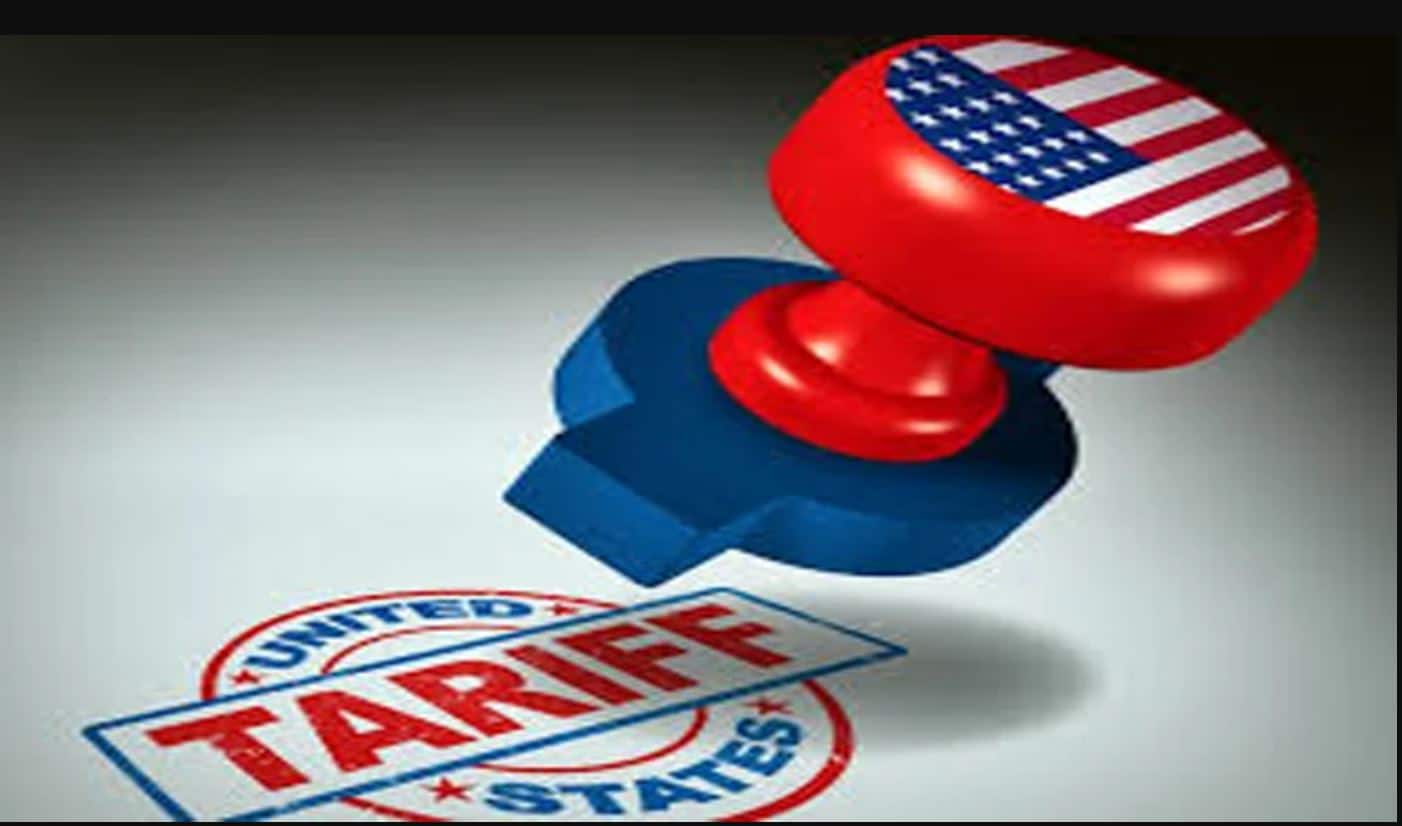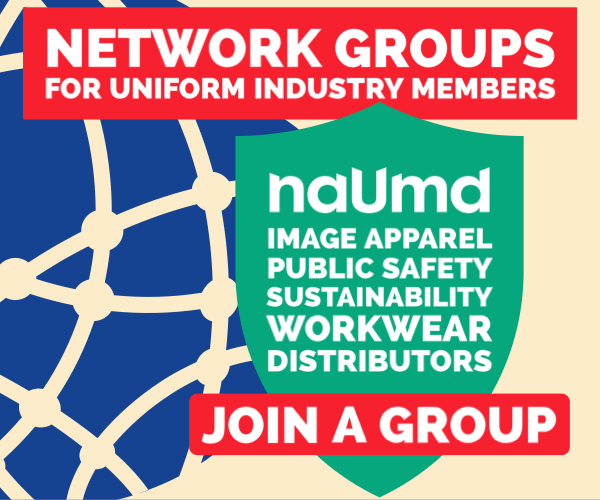Business, as the cliché goes, craves nothing more than certainty. In the area of trade, however, certitude has been replaced with ambiguity since the inauguration of President Trump.
In a quest for what the president describes as fairer trade practices, Mr. Trump has threatened both allies and rivals alike with tariffs in a variety of forms. In early February, a 10% across-the-board tariff went into effect on top of other tariffs on Chinese goods. A 25% tariff on goods from Mexico and Canada was then pushed back until March 1st.
More recently, Trump has floated the idea of reciprocal tariffs, asking his administration to go nation by nation and propose levies that would serve as countermeasures to barriers each country puts on the U.S.
“Whatever they charge, we charge, very simply,” Trump said.
Experts are mixed on whether the bluster is a negotiating tactic aimed at forcing countries to lower their own tariffs or the beginning of a full scale trade war. What is clear, however, is that the turmoil threatens to add to strains on global supply chains after years of upheaval due to COVID, inflation, and geopolitical instability.
The news is coming fast and NAUMD members, like everyone else, are scrambling to keep up. The Pulse queried several regarding what these new challenges to the sourcing landscape mean for the uniform industry and their businesses. Their thoughts are shared below.
Agility, Preparation Matter
The extent to which tariffs will harm the industry really depends on where they ultimately land in terms of countries and percentages. Any new tariff on a country where companies produce will have a negative effect on cost of goods, margins, selling prices, and competitiveness.
“We’ve been preparing for potential tariff disruptions since 2018. So, we’ve already factored changing tariff rates into our plans,” Josh Mazzola, VP of HPI, Powered by BAMKO. The company sources specific items from China, but is not reliant on Chinese manufacturing. “We have a broad sourcing network that includes facilities in Vietnam, India, Bangladesh, Pakistan, Haiti, El Salvador and the United States”
Paul Farrell, sales director for the UK’s Carrington Textiles, stressed the need for a diversified sourcing strategy. “Having lived through BREXIT in Europe, we are something of subject matter experts, with an agility to match,’ he said.
Carrington manufactures fabrics for the workwear, PPE and defense markets, serving every continent worldwide from factory locations based in Pakistan, Portugal, and the United Kingdom. This gives them the ability to redistribute production based on geographical and geopolitical changes or challenges. “The invested in customs specialism, recruiting our own in-house expertise to help navigate these global challenges,” Farrell notes.
Motives, a maker of suiting, athleisure, workwear and uniforms, has a manufacturing portfolio that includes facilities in China, Asia and Africa. While tariffs will affect business out of China, Motives Michael Lowery says the company is so well sourced that it can mitigate any harmful effects, giving it an edge over competitors. “With tariffs being strongly implemented in China, possibly Mexico and others, our other manufacturing facilities will become more attractive to pursue in making garments,” Lowery said.
The so-called “known” tariffs, such as those with China, have manufacturers negotiating with suppliers to try to get them to absorb as much of the tariff as possible. One American company who spoke with The Pulse off the record is also looking at taking thinner margins and ultimately, considering how much to pass along to customers.
Higher Prices for End Users
“Tariffs are little more than taxes passed on to the end user,” said one manufacturer bluntly.
Higher prices, of course, could lead to more inflation. For a global company such as Logistik, the inflationary impact that tariffs have across the entire supply chain is a top concern. Logistik owns and operates manufacturing facilities in Canada, Australia, Vietnam, Tunisia and Togo, producing a range of clothing and gear. They regularly ship raw material goods from their source countries to one of their manufacturing facilities and finished goods from one of our manufacturing facilities to distribution centers.
The company is headquartered in Canada, a country threatened with a 25% tariff under the American proposal. “The significant size of the tariffs that are currently being threatened would not be able to be absorbed, leading to our concerns about the inflationary impact throughout the supply chain,” B. James Bottoms, executive VP, strategy and international business development, said.
“Costs are increasing most everywhere,” Lowery noted. “We do try to mitigate costs increases internally as much as we can prior to passing these cost increases onto the customer.
Rising costs and higher prices will influence sales, according to Rocky Brands’ Stuart Brooks. “We can only absorb some of the tariff increase. We will lean on our manufacturing partners to absorb some, and the remainder will be passed on to the consumer.”
Rocky is positioned better than some manufacturers, producing some products in the United States and some outside the current tariff zone. “This will give us a competitive advantage over the competition that can’t say the same,” Brooks noted.
Planning Key
It’s too soon to tell what long lasting effects tariffs might have on the uniform industry. Each situation requires a different thought process and different actions.
HPI preemptively worked to stock many of its key customers relying on Chinese production long on inventory prior to tariffs being implemented, protecting pricing from for as long as possible.
“Our goal is always to protect the integrity of our quoted and contractual pricing whenever possible,” Mazzola said. “Nonetheless, the recent increase in our costs as a result of tariffs is something we are actively reviewing and discussing with each individual client, down to specific affected SKUs.”
While HPI anticipates being able to partially absorb some of the increase through maximized efficiencies in its supply chain, customers will likely be impacted in the next 6 to 12 months.
The situation is fluid, and is not a one-size-fits all scenario. Industries such as automotives and electronics are better equipped to absorb such costs. For lower cost items such as apparel, it will be tough to close the gap on costs between US labor and foreign labor. Everyone will have to adjust their way of thinking about the cost of goods and everyone will likely feel short/midterm economic pain.
“Nobody likes market ups and downs, but fortunately, HPI is built to handle them,” added Mazzola. “These latest tariff announcements don’t change our long-term sourcing strategy – we’re ready to navigate whatever comes our way.”
So too, it seems, is the rest of the uniform industry.



















